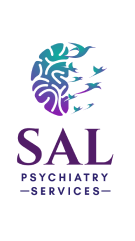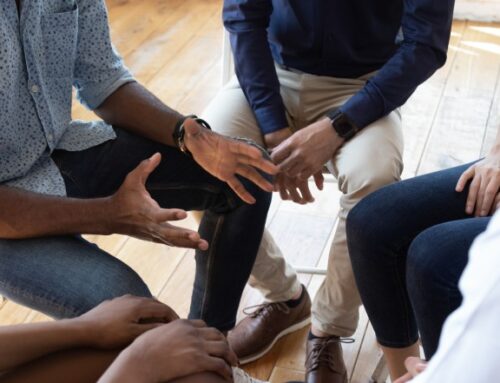Post-traumatic stress disorder isn’t rare. In fact, about 6% of Americans will have post-traumatic stress disorder (PTSD) during their lifetimes. But while PTSD may be more common than many people think, it’s still widely misunderstood, which can prevent some people from seeking care.
At Sal Rediscovery Center, Salisu Aikoye, MD, offers patient-centered PTSD therapy for patients in Norwalk, California, providing therapies and solutions to relieve symptoms and support a healthy lifestyle. If you have PTSD, here are six myths that could be keeping you from getting the treatment you need to feel better.
Myth: Only veterans and military personnel are affected by PTSD
PTSD initially gained traction in the 1970s in studies of Vietnam War veterans, leading to a conception that it’s a condition that only affects military members. But the truth is, PTSD can affect anyone who has experienced a traumatic event, either directly or indirectly, including repetitive or ongoing abuse, like living with an abusive partner.
Myth: You just need to learn to “move on”
PTSD is not a way of thinking or a manner of being. It’s a real medical problem that requires a medical solution.
Your brain is an organ, and PTSD affects the way your brain works and responds to anxiety-provoking stimuli. You can’t “move on” from a problem affecting your brain any more than you can just “move on” from conditions that affect other organs, like diabetes or heart disease. Just as these chronic diseases respond to medical intervention, PTSD responds well to therapies involving counseling, medication, and other approaches.
Myth: Only life-threatening events cause PTSD
Indeed, many people with PTSD have directly experienced severely traumatic events in their lives. But it’s also true that many people with PTSD develop the condition without having experienced a life-threatening event.
Prolonged exposure to abusive behavior or an unhealthy or unsafe environment can lead to fear, anxiety, and a loss of control, forming the cornerstones of PTSD. What’s more, PTSD can develop in people who indirectly “relive” traumatic events that happened to loved ones rather than us.
Myth: Anyone who’s experienced trauma will develop PTSD
Every person’s brain has a unique structure. Even tiny differences in structure can greatly impact how the brain functions and responds.
These differences also play a role in the impact of trauma or perceived trauma: Even though two people can experience the same event, they won’t necessarily respond in the same way. This is why some people who’ve been exposed to a traumatic event will go on to develop PTSD while others will not.
Myth: PTSD isn’t a real medical problem
PTSD is a mental disorder recognized and included in the Diagnostic and Statistical Manual of Mental Disorders published by the American Psychiatric Association. Research shows PTSD affects neurochemical signaling and activity in specific parts of the brain. Fortunately, the brain possesses an “elastic” quality that allows it to respond well to medical therapies, healing, and “resetting” itself over time.
Myth: The only “cure” for PTSD is time
Waiting for PTSD symptoms to “go away” means you can suffer for years without ever finding relief. Today, many treatments can help people with PTSD control their symptoms while learning new, positive behaviors that support a much better quality of life.
If you suffer from PTSD, we have solutions that can help. To learn more, call 562-669-3287 or book an appointment online at Sal Rediscovery Center today.







Leave A Comment